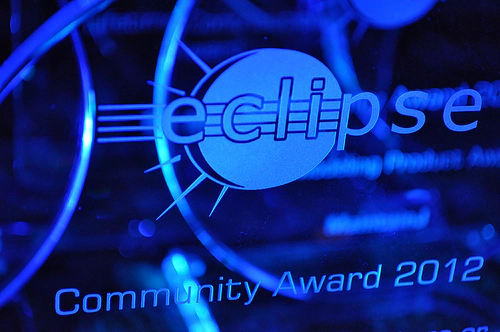Ian is an Eclipse committer and EclipseSource Distinguished Engineer with a passion for developer productivity.
He leads the J2V8 project and has served on several Eclipse technical committees.
Ian holds a Bachelor and Master’s degree from the University of Waterloo and a PhD from the University of Victoria.


